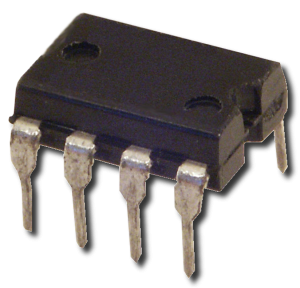The 555 Timer IC is an integrated circuit (chip) implementing a variety of timer and multivibrator applications introduced in 1971. The 555 part is still in wide use, thanks to its ease of use, low price and good stability.
555 Contest claims to be biggest, newest, most-independently conceived 555 timer design contest the world has ever seen! The organizers of the contest are interest in seeing new designs and creativity blossom. Now it is time to act because all entries must be submitted by March 1st, 2011. Yeah, it’s quick, but the world moves fast. And remember that “You’ve got 8 pins…and one shot.” So visit http://www.555contest.com/ for more details.

103 Comments
Tomi Engdahl says:
There’s a guy on YouTube that makes a vacuum tube 555 and a 741 kit … https://youtu.be/Erdep7XInWU?si=y4NvohiozVHjMpYD
Tomi Engdahl says:
The Three Fives Kit: A Discrete 555 Timer
Re-create one of the most classic, popular, and all-around useful chips of all time.
https://shop.evilmadscientist.com/productsmenu/652
Tomi Engdahl says:
https://hackaday.com/2025/04/02/the-magic-touch-a-555-touch-switch/